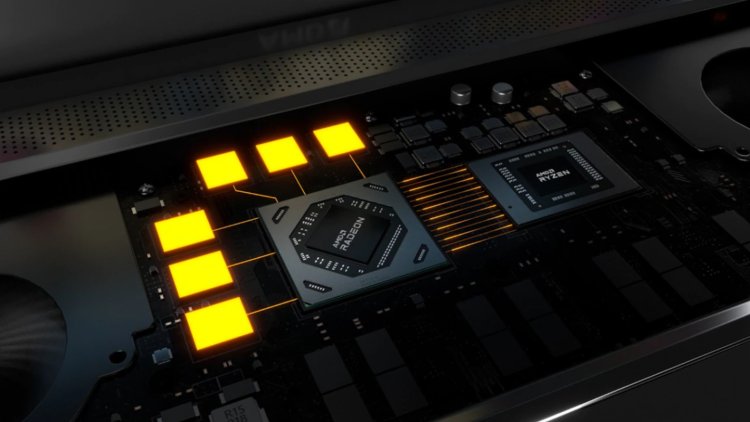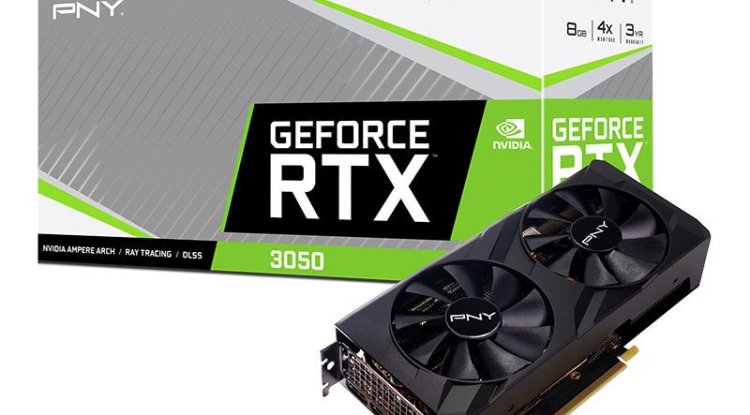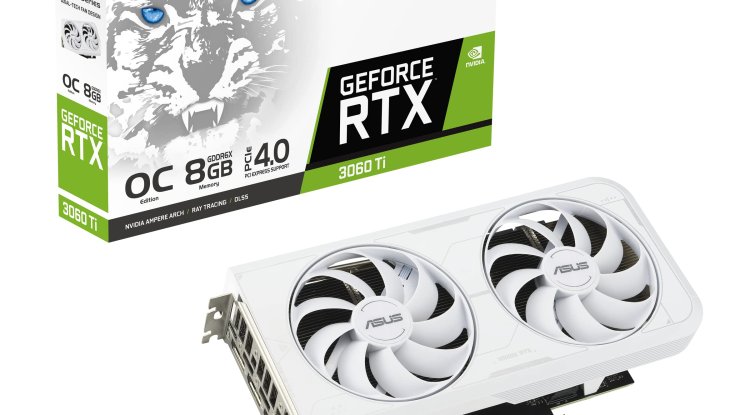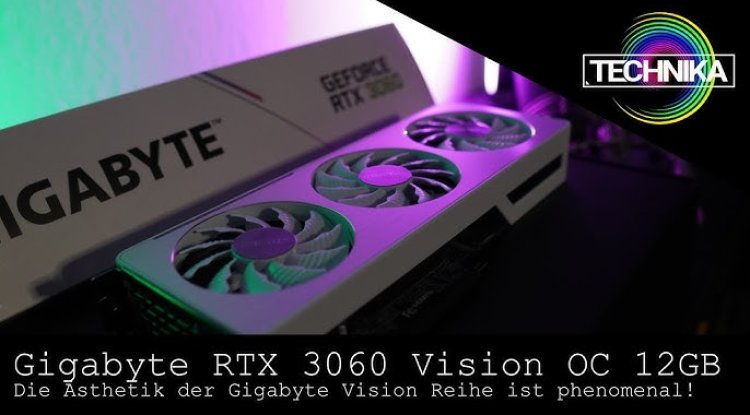Radeon RX 6400: Misunderstood entry-level card
At first glance, the Radeon RX 6400 does not look promising, but why is it so difficult for such a small entry-level card?

We're talking about the RX 6400, which is presently selling for roughly 170 dollars and is the tiny sister card to the already weak RX 6500 XT. I'll use a benchmark sample, the pricing, and a comparison to other alternatives to show why the "entry-level GPU" makes it so tough for me.
Let's start with the RX 6400's key specifications. We're looking at the finest mainstream GPU since the ATI Radeon HD 4550 at a stunning 170 dollars. When compared to other GPUs, particularly those in the high-end range, the card is small and hence fits into a particularly narrow ITX case.
The TDP is supposedly 53 watts, however, we measured a power drain of up to 43 watts in the benchmark conditions. OK, a compact, low-cost entry-level card with 4 gigabytes of VRAM is ideal for the lighter Full HD range. There are too many "buts" disguised in the specifics, in our opinion.
Price
For an extra ten dollars, you may get the RX 6500 XT, which delivers better performance. In other circumstances, the RX 6500 XT was even less expensive. When we search around the used market, we find the GTX 970 with 4 gigabytes for around 115 dollars and the more powerful GTX 1070 with 8 gigabytes for roughly 210 dollars.
PCI-E
The RX 6400 and 6500 XT are both powered by a four-way PCI-E 4.0 connector. That, in our opinion, is unacceptable. Because this destroys the argument for reviving old PCs. Depending on their age, they lack PCI-E 4.0 and must inevitably fall back to the previous generation, which results in a loss of performance with a quadruple connection. This issue does not exist on previous cards with 16x PCI-E 3.0.
No H264 and/or H265 encoding
It is not possible to simply record in HEVC format using the card. Streaming would have to run through the CPU, and if you want to add an RX 6400, you probably don't have a very powerful CPU installed where you wouldn't feel the loss in game performance when streaming.
4GB video memory
Even for Full HD, 4 GB is simply insufficient these days. Unless you restrict yourself to particular titles and settings. Of course, 4 gigabytes would enough, but 6 to 8 gigabytes will be much more comfortable. Also suitable for a novice card.
The benchmark sample with Horizon Zero Dawn demonstrated why this could be a problem. Even on the lowest settings, the textures looked washed out at times.
The AMD cards' memory couldn't handle the circumstance. In this case, the GTX 970 did not have the issue, and the card is once again lacking in visual memory due to the "division" of the pool into 3.5 and 0.5 GB.
The biggest issue with the card is its high pricing and PCI-E 4.0 quadruple connection. So We only see a feasible application for really narrow ITX setups that require more horsepower than an APU - for whatever reason. Because, when upgrading an old PC, you typically utilize cards like the GTX 970 or possibly the 6500 XT.
If you have a bit more money and don't want to buy secondhand parts, you can get something like the RTX 3050 with 8 gigabytes. If the used market and ray tracing are not an issue, the GTX 1070 with 8 gigabytes is another option.





































